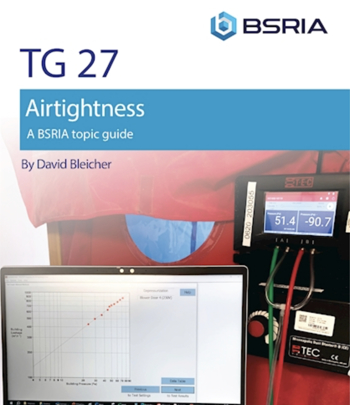Home information pack HIP
The idea of tackling problems in the sale of homes was set out in the 1997 Labour Party manifesto. The concept of Home Information Packs for England and Wales was announced in the Queen's Speech in 2003, and legislation introduced by the Housing Act 2004, to be phased in depending on the size of the property, starting in August 2007 and ending in December 2007.
Home Information Packs (HIPs), were prepared on behalf of vendors and provided information about a home to prospective purchasers. Originally, this was intended to include:
- A survey.
- Evidence of title.
- Planning and building regulations consents.
- Local searches.
- Guarantees.
- An energy performance certificate setting out the energy efficiency rating of the home.
HIPs were intended to reduce the need for multiple prospective purchasers to obtain their own information about properties they were considering buying. They were also expected to reduce the number of aborted sales as they would provide information up front.
However, they were seen by some as bureaucratic and expensive, and there was some suspicion by purchasers that as the as HIPs were provided by the vendor, they may not be impartial. As a consequence, some purchasers still wished to obtain their own survey.
As a result, the requirement for a survey was dropped, and then in 2010 the coalition government scrapped HIPs altogether.
Communities Secretary Eric Pickles said: “The expensive and unnecessary Home Information Pack has increased the cost and hassle of selling homes and is stifling a fragile housing market. That’s why I am taking emergency action to suspend the HIP, bringing down the cost of selling a home and removing unnecessary regulation from the home buying process. This swift and decisive action will send a strong message to the fragile housing market and prevent uncertainty for both home sellers and buyers.”
However, a new duty was introduced requiring the seller to secure an energy performance certificate (EPC) if there is not one available already, before marketing a property.
In Scotland, The Housing (Scotland) Act 2006 still requires that when a house is marketed for sale a home report must be made available by the vendor, including:
- A 'Single Survey' which provides an assessment of the condition of the home, a valuation and an accessibility audit.
- An 'Energy Report' which provides an assessment of the energy efficiency of the home and its environmental impact, and recommends ways to improve its energy efficiency.
- A 'Property Questionnaire' which is completed by the seller of the home and provides information such as Council Tax banding and factoring costs that will be useful to buyers.
[edit] Related articles on Designing Buildings Wiki
Featured articles and news
The UK's Modern Industrial Strategy: A 10 year plan
Previous consultation criticism, current key elements and general support with some persisting reservations.
Building Safety Regulator reforms
New roles, new staff and a new fast track service pave the way for a single construction regulator.
Architectural Technologist CPDs and Communications
CIAT CPD… and how you can do it!
Cooling centres and cool spaces
Managing extreme heat in cities by directing the public to places for heat stress relief and water sources.
Winter gardens: A brief history and warm variations
Extending the season with glass in different forms and terms.
Restoring Great Yarmouth's Winter Gardens
Transforming one of the least sustainable constructions imaginable.
Construction Skills Mission Board launch sector drive
Newly formed government and industry collaboration set strategy for recruiting an additional 100,000 construction workers a year.
New Architects Code comes into effect in September 2025
ARB Architects Code of Conduct and Practice available with ongoing consultation regarding guidance.
Welsh Skills Body (Medr) launches ambitious plan
The new skills body brings together funding and regulation of tertiary education and research for the devolved nation.
Paul Gandy FCIOB announced as next CIOB President
Former Tilbury Douglas CEO takes helm.
UK Infrastructure: A 10 Year Strategy. In brief with reactions
With the National Infrastructure and Service Transformation Authority (NISTA).
Ebenezer Howard: inventor of the garden city. Book review.
The Grenfell Tower fire, eight years on
A time to pause and reflect as Dubai tower block fire reported just before anniversary.
Airtightness Topic Guide BSRIA TG 27/2025
Explaining the basics of airtightness, what it is, why it's important, when it's required and how it's carried out.
Construction contract awards hit lowest point of 2025
Plummeting for second consecutive month, intensifying concerns for housing and infrastructure goals.
Understanding Mental Health in the Built Environment 2025
Examining the state of mental health in construction, shedding light on levels of stress, anxiety and depression.





















